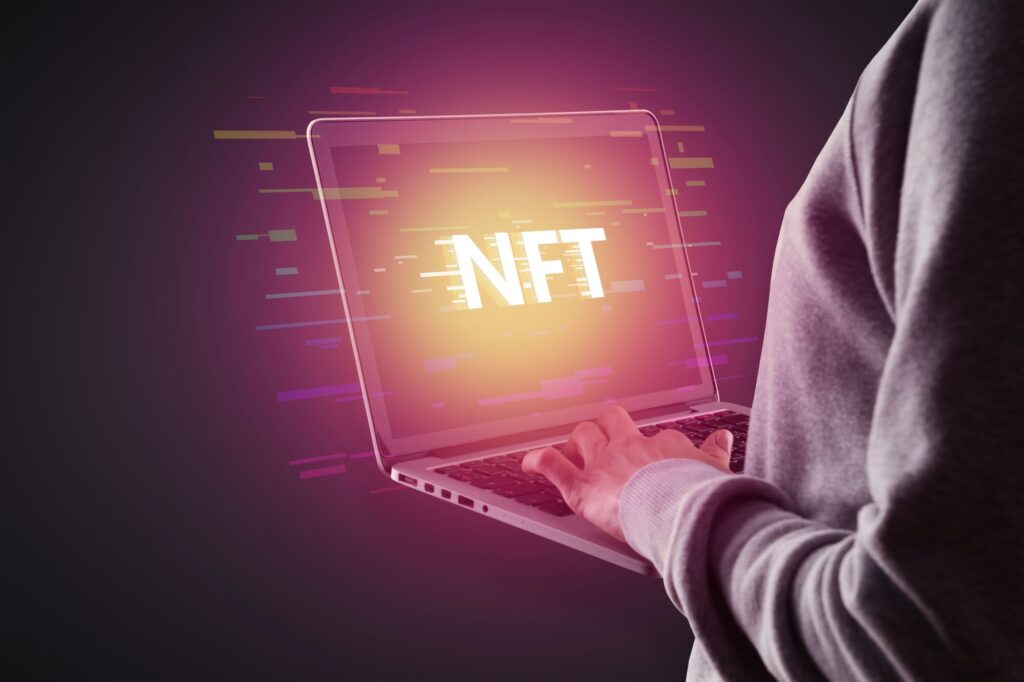
The Game Developer’s Toolkit in 2024: Essential Tools and Technologies
In 2024, the game development landscape is more dynamic and accessible than ever before. From cutting-edge engines to powerful collaboration platforms, the tools available today empower developers to create immersive and innovative gaming experiences. Here’s a look at some of the most essential tools and technologies that are shaping the world of game development in 2024.
1. Game Engines: Powerhouses of Development
Unreal Engine 5
Unreal Engine 5 continues to lead the pack with its stunning graphical capabilities and robust feature set. The engine’s Nanite virtualized geometry allows for unprecedented levels of detail, while Lumen provides dynamic global illumination for realistic lighting. Its user-friendly Blueprint system enables developers to create complex gameplay mechanics without extensive coding knowledge, making it a favorite among both indie developers and AAA studios.
Unity
Unity remains a dominant force, especially among indie developers and mobile game creators. With its versatility and extensive asset store, Unity allows developers to quickly prototype and deploy games across multiple platforms. The engine’s continuous updates have improved its performance and graphical fidelity, making it suitable for a wide range of game types, from 2D platformers to 3D open-world adventures.
2. Collaborative Tools: Enhancing Teamwork and Efficiency
GitHub and GitLab
Version control systems like GitHub and GitLab are indispensable for game development teams. These platforms facilitate seamless collaboration, code management, and issue tracking. With integrated CI/CD pipelines, developers can automate testing and deployment processes, ensuring that their codebase remains stable and up-to-date.
Discord and Slack
Communication is key in game development, and platforms like Discord and Slack have become essential for team coordination. These tools offer real-time messaging, voice chat, and integration with other development tools, fostering an environment where teams can collaborate efficiently, whether they’re working remotely or in the same office.
3. Design and Art Tools: Crafting the Visual and Audio Experience
Blender
Blender has solidified its place as the go-to tool for 3D modeling, animation, and rendering. Its open-source nature, coupled with a robust set of features, allows artists to create high-quality assets without the hefty price tag of other industry-standard tools. Blender’s integration with game engines like Unreal and Unity further enhances its utility in the game development pipeline.
Adobe Creative Cloud
Adobe Creative Cloud suite, including Photoshop, Illustrator, and After Effects, remains a staple for game developers. These tools provide powerful capabilities for creating textures, UI elements, and animations. The introduction of AI-powered features in Adobe’s software has streamlined the creative process, allowing artists to achieve professional results with greater efficiency.
4. Programming and Scripting Languages: The Backbone of Game Mechanics
C++ and C#
C++ and C# continue to be the primary languages for game development. C++ is the language of choice for Unreal Engine, offering high performance and control over system resources. C#, on the other hand, is favored by Unity developers for its simplicity and ease of use. Both languages have extensive libraries and frameworks that support game development, making them indispensable tools for programmers.
Python and Lua
Python and Lua are also popular for scripting in game development. Python’s readability and versatility make it suitable for various tasks, including AI programming and tool development. Lua, known for its lightweight footprint and ease of embedding, is commonly used for scripting game logic in engines like CryEngine and Roblox.
5. AI and Machine Learning: Revolutionizing Game Development
TensorFlow and PyTorch
AI and machine learning are transforming game development, enabling developers to create more intelligent and adaptive gameplay experiences. Tools like TensorFlow and PyTorch are used to develop sophisticated AI models for character behavior, procedural content generation, and player interaction analysis. These technologies are paving the way for more dynamic and engaging games.
6. Cloud Services: Scaling and Performance Optimization
AWS and Google Cloud
Cloud computing services like AWS and Google Cloud are essential for modern game development, offering scalable solutions for hosting game servers, storing assets, and handling large-scale multiplayer environments. These platforms provide robust infrastructure and tools for performance monitoring and optimization, ensuring smooth gameplay experiences for players worldwide.
Microsoft Azure PlayFab
Microsoft Azure PlayFab is a comprehensive backend platform for building and managing live games. It offers services for player authentication, data analytics, and real-time multiplayer functionality. PlayFab’s integration with other Azure services allows developers to leverage the full power of the cloud to enhance their games.
7. VR and AR Development: Expanding the Horizons of Gaming
Oculus SDK and ARKit/ARCore
Virtual Reality (VR) and Augmented Reality (AR) continue to push the boundaries of gaming. The Oculus SDK provides tools for developing immersive VR experiences, while ARKit (for iOS) and ARCore (for Android) enable developers to create engaging AR applications. These technologies are opening new avenues for storytelling and interaction in games.
8. Analytics to understand player behavior
This is where Sandstorm fits in. Through powerful human behavior analytics game developers for the first time can track end to end how players from different channels engage with their game. Not only does this empower developers to invest their time where its most valuable, but this allows them to pitch the ROI of investing in games. Learn more about our analytics here!
Conclusion
The game development toolkit in 2024 is a blend of powerful engines, collaborative platforms, and innovative technologies. These tools not only streamline the development process but also enable creators to push the boundaries of what’s possible in gaming. As the industry continues to evolve, staying updated with the latest tools and trends will be key for developers looking to create the next big hit. Whether you’re an indie developer or part of a large studio, the right tools can make all the difference in bringing your vision to life.


